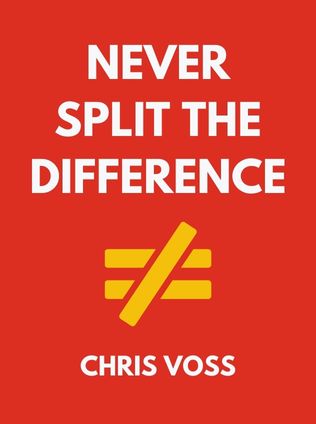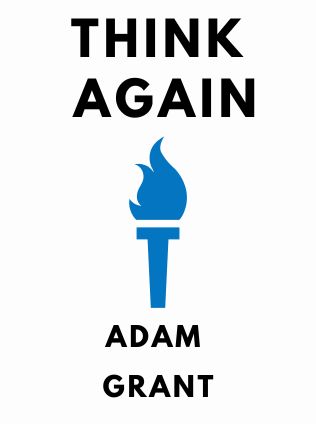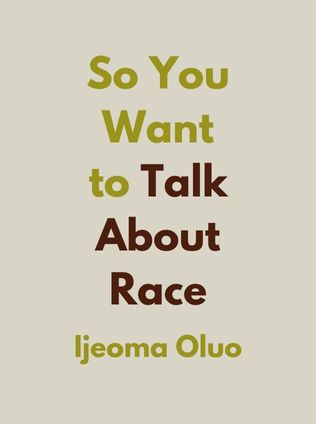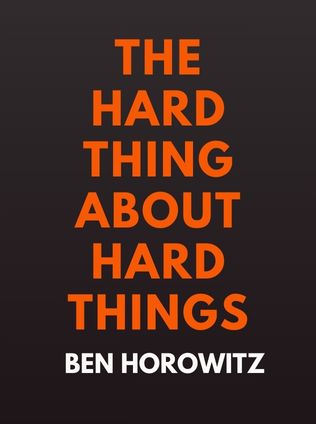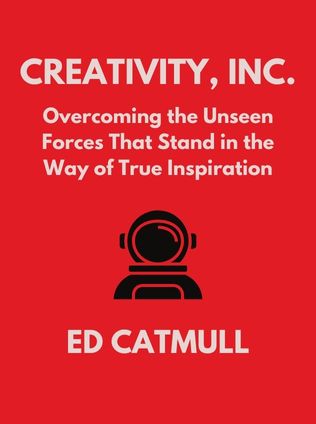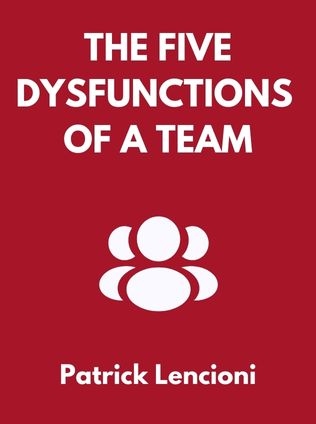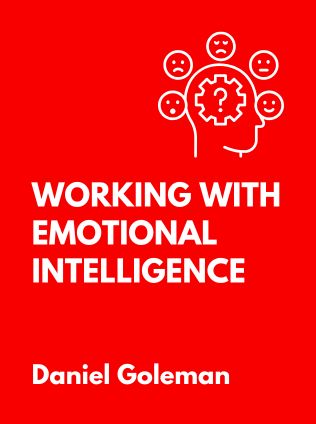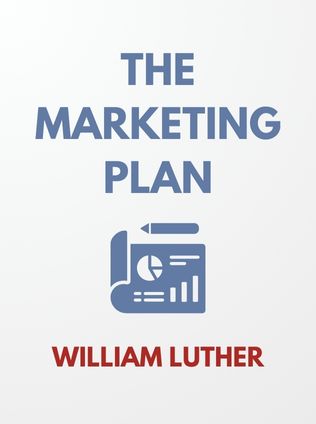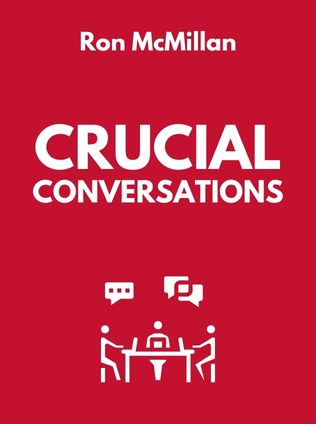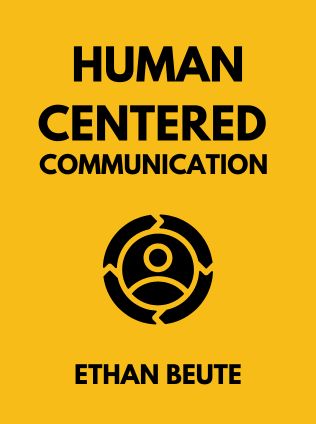
Human-Centered Communication
A Business Case Against Digital Pollution
By Ethan Beute,
Published 10/2021
About the Author
Ethan Beute and Stephen Pacinelli are influential voices in the field of digital communication and marketing. Their book, Human-Centered Communication: A Business Case Against Digital Pollution, leverages their extensive experience to address the challenges of modern communication. Ethan Beute is known for his work in video marketing and has been instrumental in pioneering techniques that enhance digital engagement. Stephen Pacinelli, with his deep knowledge of digital marketing strategies, brings a practical approach to integrating technology with human touch. Together, they explore how to balance the use of technology with the need for genuine human connection, a balance that is increasingly crucial in today's digital landscape.
Main Idea
The primary theme of Human-Centered Communication is the concept of "digital pollution." This term encapsulates the various negative effects that digital communication can have on human interactions, including misunderstandings, misinterpretations, and the erosion of trust. Beute and Pacinelli argue that while digital tools have the potential to enhance communication, they often introduce barriers that make it difficult to connect meaningfully. They propose a shift towards a human-centered approach, which emphasizes empathy, authenticity, and genuine engagement. This approach, they suggest, is vital for mitigating the adverse effects of digital pollution and fostering deeper, more meaningful connections.
Table of Contents
- Introduction
- Part One: Digital Pollution
- Part Two: Allies & Exemplars
- Part Three: Takeaways & Tomorrows
Introduction
The introduction sets the stage by discussing the pervasive issue of digital pollution. Beute and Pacinelli describe how the transition to digital communication has stripped away many of the nuances present in face-to-face interactions. Without the aid of tone, body language, and other non-verbal cues, digital communication often leads to misunderstandings. The authors stress that the problem is not technology itself but how it is used. They advocate for a more thoughtful and intentional approach to digital communication, one that prioritizes understanding and empathy over mere efficiency and speed.
Part One: Digital Pollution
In this section, the authors delve into the concept of digital pollution. They categorize it into three main types: innocent, consequential, and intentional. Innocent digital pollution includes mistakes or poorly crafted messages that, while unintentional, still lead to confusion and miscommunication. Consequential pollution refers to the unintended negative outcomes of digital communication practices, such as the spread of misinformation or the alienation of certain audiences. Intentional digital pollution is the most damaging, encompassing deliberate actions like phishing, the creation of deepfakes, and other deceptive practices designed to mislead or harm others.
Sign up for FREE and get access to 1,400+ books summaries.
You May Also Like
How To Win Friends and Influence People
The All-Time Classic Manual Of People Skills
By Dale CarnegieQuiet: The Power of Introverts
The Power of Introverts in a World That Can't Stop Talking
By Susan CainThe Lean Startup
How Today's Entrepreneurs Use Continuous Innovation to Create Radically Successful Businesses
By Eric RiesAtlas of the Heart
Mapping Meaningful Connection and the Language of Human Experience
By Brené BrownThe Hard Thing About Hard Things
Building a Business When There Are No Easy Answers
By Ben HorowitzCreativity, Inc.
Overcoming the Unseen Forces That Stand in the Way of True Inspiration
By Ed Catmull







